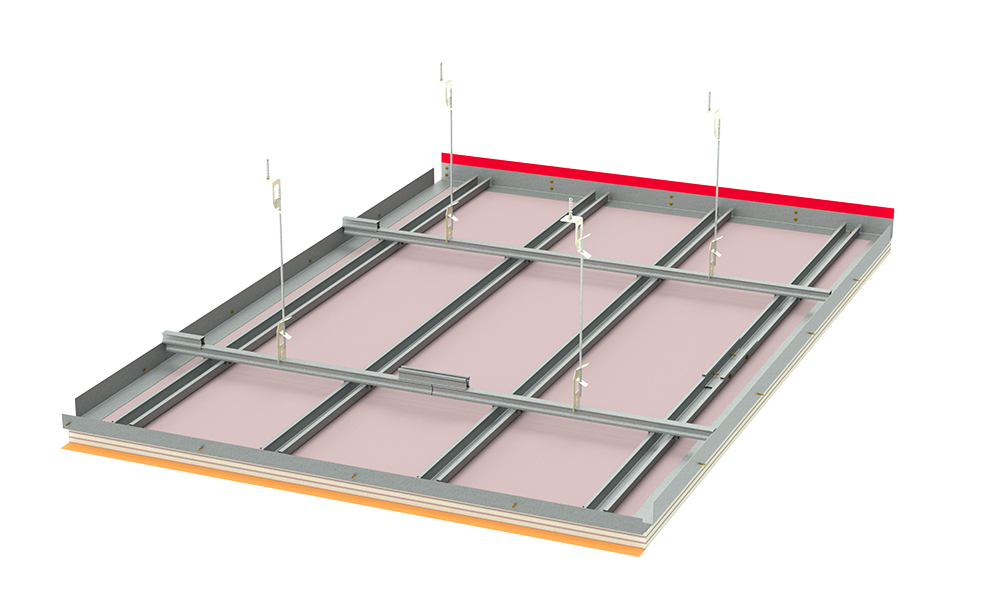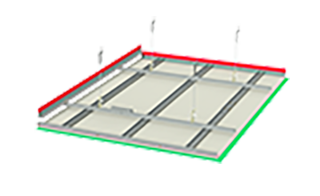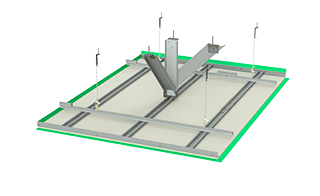In Australia an earthquakes exceeding a magnitude of 7 only occurs every hundred years or so, which is low when compared to countries with higher seismic activity.
You may be surprised to know that we have minor earthquakes in Australia almost daily, but the majority of them are minor and go unnoticed. (Refer to Earthquakes@GA to see recent activity.)
The last devastating earthquake in Australia happened in Newcastle, NSW in 1989. A magnitude of 5.6 was recorded and 13 lives were lost in this event, that has been dubbed “Australia’s first killer-earthquake”. (Watch the video above.)
It is impossible to predict when the next big earthquake will hit, or where, and buildings therefore need to be built according to seismic requirements.
Seismic design is a regulatory requirement in Australia.
During a moderate to severe earthquake, collapsing buildings and debris cause most of the injuries and deaths, and we need to design buildings that will withstand the effects of an earthquake.
It is important that both the structural and non-structural components of a building remain stable in the event of an earthquake as it significantly reduces the number of injuries or fatalities.
It has long been a misconception that only the primary structural frame needs to be considered for seismic activity. Non-structural components and fastenings, including suspended ceilings, also need to be designed for earthquake forces as required by the below standards.
AS 1170.4 Structural design actions (Earthquake actions in Australia) govern the seismic design of ceilings, and are referenced in the National Construction Code.
The NCC Volume One contains a Performance Requirement (BP1.1) that requires Class 2 to 9 buildings to perform adequately under all reasonably expected design actions, including earthquake actions. The corresponding Deemed-to-Satisfy (DTS) Provision for earthquake actions is B1.2, which references AS 1170.4.
In terms of B1.2a, buildings are assessed according to their "Level of Importance". The Level of Importance determines the seismic design requirements of that particular building.
Suspended ceilings
A new suspended ceilings standard, AS/NZS 2785 Suspended ceilings – Design and installation, was released in 2020 and provides the minimum specifications covering the manufacture and performance of suspended ceilings systems for use in residential, commercial and industrial applications.
Compliance with the seismic standards is the combined responsibility of engineers, architects, designers, building certifiers, manufacturers, installers and builders.
Project details must be determined by structural design and the design of suspended ceilings will require a structural assessment unique to every project.
What this means is that a structural engineer will determine if the framing system used for a particular project complies with the requirements and be safe in the event of an earthquake.
A structural engineer will do this by calculating the required seismic bracing load calculations to the relevant Earthquake Design Category, as determined by Table 2.1 of AS1170.4. A design certificate will be issued to certify compliance with the Standard and the NCC.
As a responsible manufacturer Siniat invests heavily in stringent testing to ensure compliance of our products and systems.
Yes, Siniat's advanced system engineering and rigorous testing regimes give us the confidence to offer you a warranty that can cover your whole suspended ceiling system, when installed as a complete system in accordance to our recommendations.
Siniat products comply with the relevant Australian Standards and are warranted to be free from defects in materials or manufacture for a period of ten years from the date of purchase. More information about the Siniat Warranty available here.





